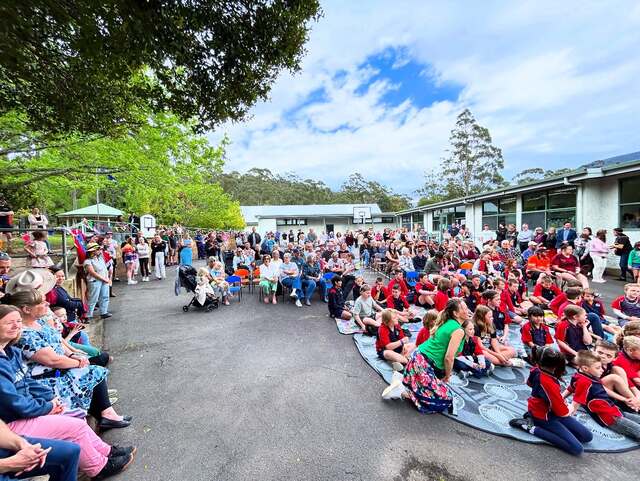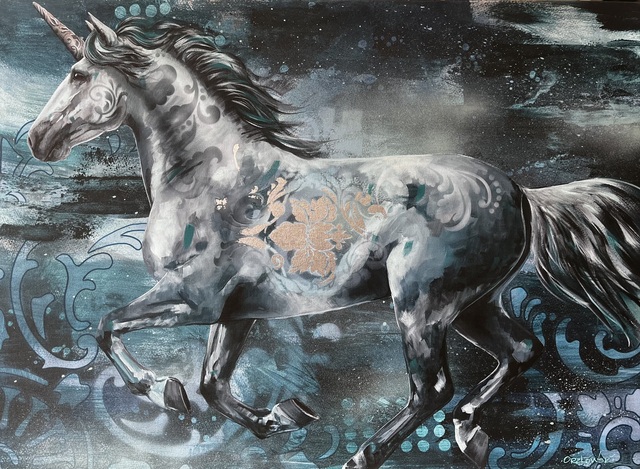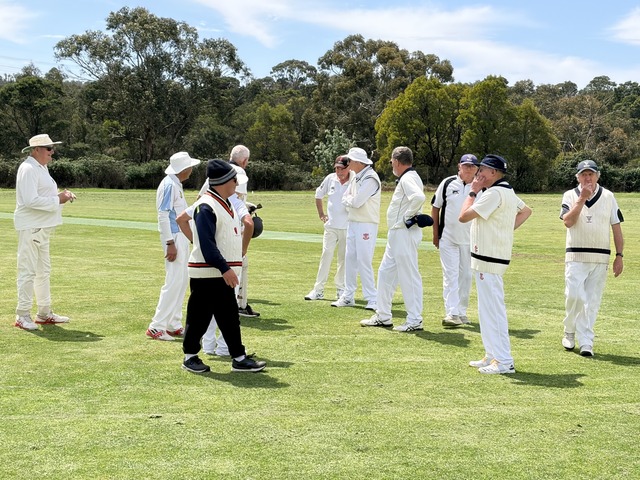A review of What We All Saw by Mike Lucas
This is the first in a series of six book reviews featuring the 2022 Readings Young Adult Prize.
Although What We All Saw is supposedly a horror story for lower to middle secondary readers, any adult would find this superbly crafted book a reminder of their childhood memories, some of which are fun and fabulous while others traumatic and even terrifying.
Written by Plymouth-born, Adelaide-based author Mike Lucas, the story is told from the perspective of Sam, one of four eleven-year-olds living on an estate in south-west England in the 1970s. Together with his friends Gray, Shell and Charlie, they spend the school holidays exploring the nearby wood, where an old quarry exists as the source of local folktales.
It is said that witches used to live there, some of whom were thrown over the edge of the water-filled quarry to their demise – hence the name Hag’s Drop. Who knows? Perhaps witches still exist, as throughout the years a good number of children have mysteriously died there, and sounds of scratching and cackling can be heard in the dark.
As the children set out to distinguish facts from folklore – and to discover the subtle difference between “truths” and beliefs – we are reminded of tales of childhood friendship plagued by dark secrets that are made famous by Stephen King’s “The Body” (1982), It (1986) and even Dreamcatcher (2001).
But What We All Saw is unique in its capacity to generate creeping dread while making young readers feel safe. The benefit of hindsight helps, as we know Sam and his friends must have survived the real and imagined horror to narrate the story in the past tense.
The peculiar, almost absurd sense of humour that only children seem to possess even in the worst imaginable crisis also helps. It pulls us back from the edge of our seats, yes, but it also makes the characters more vivid and believable.
Rather than concentrating on scaring his readers, the author cleverly chooses to illustrate the formidable and often haunting power of storytelling to influence our perceptions. Stories, like witches, only affect us when we believe them. More importantly, it is not just the story but how it is told that is capable of suspending any disbelief and opening our minds to the unbelievable.
Seeing does not necessarily lead to believing, and in What We All Saw, the blind often sees more clearly than the sighted people. Whether or not witches do exist is beside the point. What matters is, as explained by one of the characters, the more we are kept from something, the more we want to know what the fuss is all about.
“Curiosity – the blessing and the curse of the young” – and that perhaps also applies to the young at heart. Curiosity leads to empathy in our attempt to understand those around us, while fear only builds walls. Good horror stories should be able to facilitate the former by bridging us with the unknown and unfathomable.







